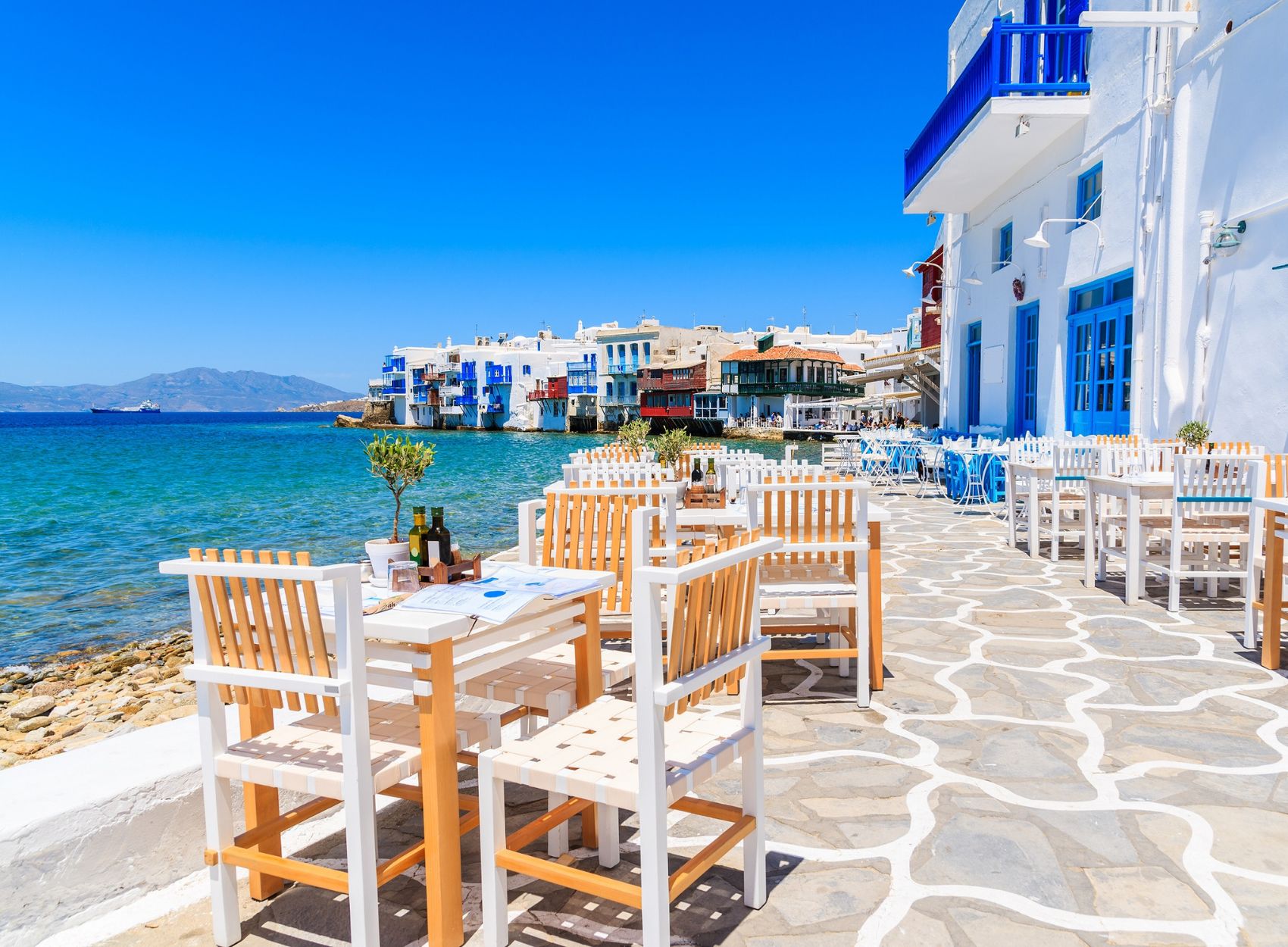Ever wonder how much things cost in Ecuador right now? We’ve put together a straightforward guide to help you understand the cost of living in Ecuador and the latest travel prices across cities, beaches, and the Andes, including the Galápagos Islands. The good news is that Ecuador uses the US dollar, making it easy for American travellers; and, although prices vary depending on region and season, Ecuador is generally a lot more affordable than many other countries in Latin America.
In a Nutshell: Is Ecuador an Expensive Country? A Quick Glance at Average Prices
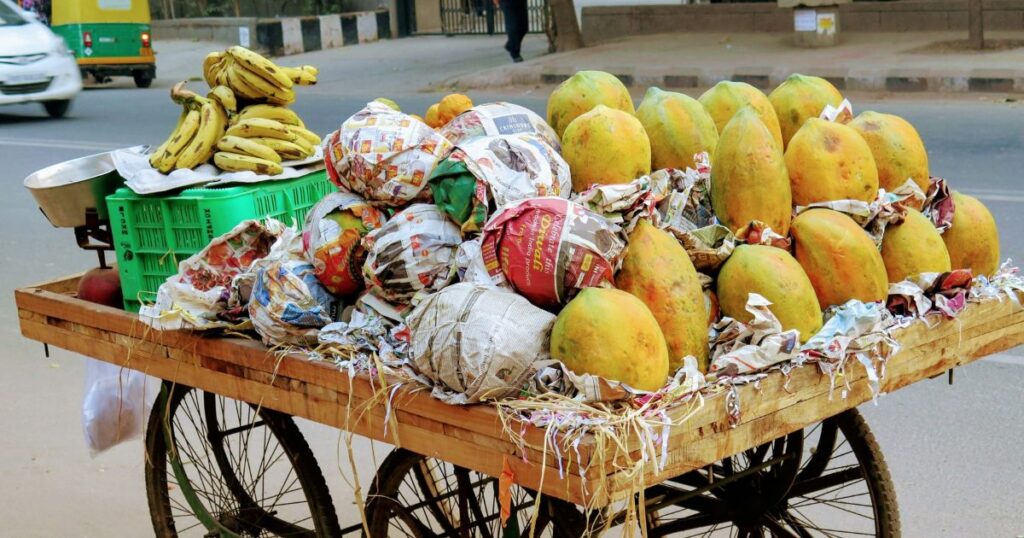
Compared to other countries in South America, Ecuador is relatively low cost – but prices do vary a lot depending on the city, what time of year you visit, and how much you’re willing to spend. You can expect to save serious cash in smaller cities and rural areas; but be prepared for higher prices in the Galápagos Islands and big cities.
- Grab a lunch menu at a local restaurant: $3-$5 for soup and a fresh juice – a real bargain!
- Snack at a street food stall: $1-$2 for some tasty treats at markets or near bus terminals
- Dinner at a mid-range restaurant: $8-$15 per person; most cities have heaps of great veggie options
- Mid-range hotel room: $35-70 in smaller cities; $60-$120+ in the bigger cities and high season
- Private room in a hostel: $10-$25 per night – a great way to save cash
- Taxi ride in the city centre: $2-$6 for short hops; airport transfers cost a bit more
- Public transport bus ticket: $0.30-$0.50 in cities; inter-city buses are super cheap
- Full day city tour: $20-$50 in big cities; national parks and adventure tours vary – but expect to pay more
- Mobile data plan: $25-$40/month for unlimited data; you can even get prepaid data for a few cents a GB
- Utility bills (1-2 bed): $40-$120+/month – depending on the altitude, A/C usage and your habits
Budget Breakdown (a selection of examples)
| Category | Average prices (dollars) |
| Coffee (café) | $1.50–$3.00 |
| Beer (bar) | $2–$3.50 |
| Market produce bag | $5–$10 |
| Taxi airport–city | $15–$30 (city dependent) |
| Mid range hotel (double room) | $50–$90 big cities; less in smaller cities |
| Apartment rent (1-bed) | $250–$600+ by city/area |
| Domestic flight (one-way) | $35–$120 mainland; more to Galápagos |
| Galápagos day tour | $120–$200+ (boat-based) |
How Money Works in Ecuador: Currency, Payments & Exchange
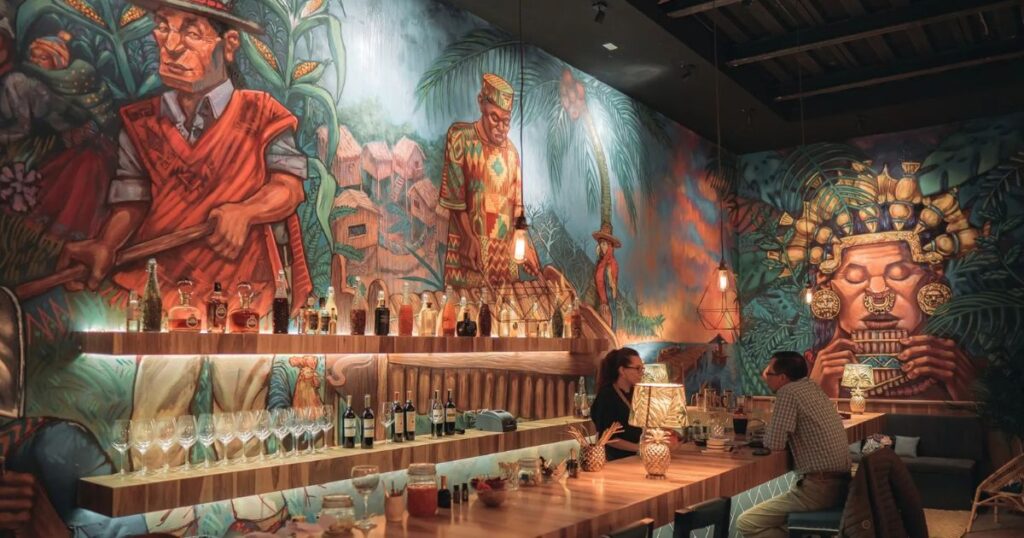
US Dollar: What You Need to Know
Since Ecuador uses the US dollar, American travellers will find prices easy to read. But if you’re travelling from somewhere else, make sure to check the mid market exchange rate back home before you arrive – to get a rough idea of what Ecuador prices will be compared to your own country
Cards, Cash and ATMs: How to Pay
Cards are widely accepted in the bigger cities and fancier places, but many local shops, markets and rural areas pretty much only take cash. ATMs are common in the bigger cities and usually charge a small fee per withdrawal – and some banks even add a monthly fee for local accounts.
Exchange Tips and Mid-Market Rates
When you’re converting cash from home, check the mid market exchange rate on a reputable site to avoid getting ripped off. Don’t change money at airports, and try not to withdraw more cash than you need to save on fees
Banking for Extended Stays
If you’re moving to Ecuador for a while, some expats open local bank accounts to pay for things like rent and utility bills – but the requirements and local account details will vary depending on the bank. Worth considering, but only if it’s worth the hassle and costs
Regional Price Differences: Big Cities vs. Smaller Cities vs. Rural Areas

Big Cities (Quito, Guayaquil)
Expect to pay more for the basics in the historic centre and city centre of big cities like Quito and Guayaquil. But they’ve also got the best range of local restaurants, veggie options and mid-range hotels.
Smaller Cities (Cuenca, Loja, Manta)
Smaller cities are great value for rent, mid-range meals and private rooms. Cuenca has heaps of mid-range hotels and cafes to suit a moderate monthly budget.
Rural Areas & Small Towns
Rural areas have really cheap local markets and street food – but the choice is pretty limited. Overall, though, your cash goes way further than in the big cities.
Tourist Hot Spots & National Parks
The Amazon Rainforest gateways and the Galápagos Islands are both pricey due to the logistics – and national parks have modest entry fees, but guided tours and boat trips can add up.
Accommodation Costs: Hotels, Hostels, Rentals & More

Nightly Stays
Prices swing by season and location, with high season pushing up rates in beach towns and Galápagos. Mid range hotel rates are usually lower in smaller cities than in the capital city or major beach hubs.
| Stay type | Smaller cities | Larger cities |
| Mid range hotel (double room) | $35–$70 | $60–$120+ |
| Private room (hostel) | $10–$25 | $15–$35 |
| Budget guesthouse | $12–$30 | $20–$45 |
Apartments and long-term rent
Rent prices are all over the map, depending on the neighborhood & what kind of amenities the building has. Furnished apartments are way more expensive – and sometimes unfurnished places won’t even come with appliances, which can be a real cost-buster upfront.
- 1-bedroom in a small town: $250-$350
- 1-bedroom in a major city: $350-$600+
- 2-bedroom in a big city: $500-$900+
- Deposit: usually 1-2 months’ rent, and some landlords say they’ll only accept bank transfers or cash.
Utility bills & internet
Utility bills are pretty low most of the time, but if you’ve got aircon in the coastal towns or electric heat in the highlands, your bill can end up being a lot higher than you bargained for. Home internet is pretty cheap, and mobile plans with unlimited data usually run around $25-$40 per month.
Tips for saving money on where you stay
- Try looking for neighborhoods just outside of the city center – you’ll save cash and get a quieter street to boot.
- Compare low season & high season rates and book super early if you’re traveling for a national holiday.
- Check out local groups or chat forums where travelers are talking about the latest prices.
Food & Drink Prices: Markets, Street Food, & Restaurants
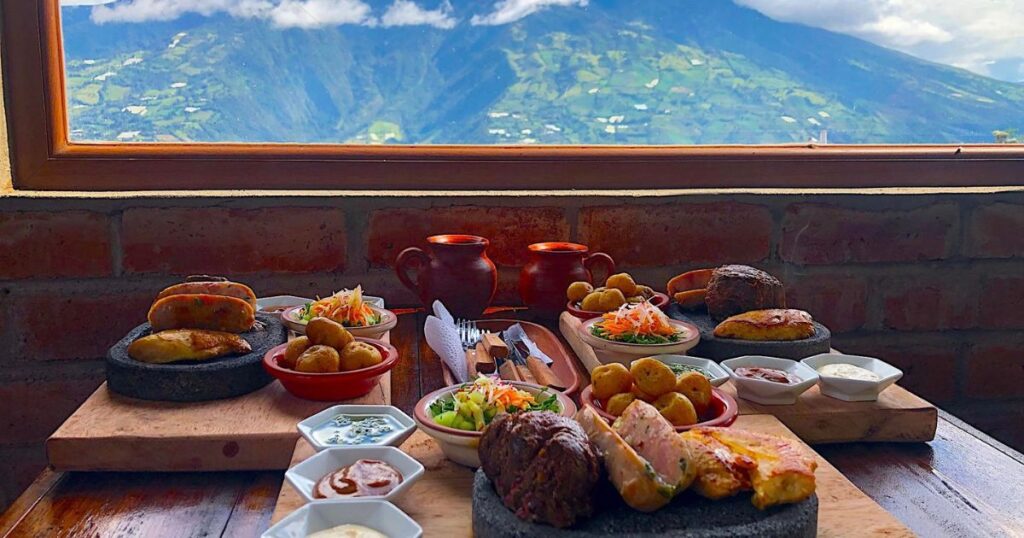
Eating like a local
A typical local restaurant lunch (almuerzo) usually comes with soup, a main dish, & a fresh juice for a few bucks. Street food near markets & bus stations is dirt cheap and filling.
Dining variety
Mid-range restaurant dinners are usually around $8-$15 per person, no matter where you are. Veggie restaurants are pretty common in Quito, Cuenca, and the other big cities, and usually have mains for $5-$10.
Groceries & local markets
Local markets have an amazing selection of produce, including seasonal fruits from areas with tons of fruit trees. Shopping at a market is a whole lot cheaper than the big supermarket chains for staples and fresh stuff.
- Eggs (dozen): $2-$3
- Chicken (kg): $3-$6
- Cheese (local): $4-$8 per kg
- Rice (kg): $1-$2
- Avocados (each): $0.50-$1
- Bananas (bunch): $1-$2
Drinks & coffee
Coffee in a café usually runs $1.50-$3, while a bottle of beer is $2-$3.50. A fresh juice from a local shop is usually $1-$2. Imported beer and specialty coffee are way pricier.
Special diets & international items
Imported gluten-free goods, fancy snacks, & the latest international release products all carry a premium price. Prices vary by store and city, with the fancier places charging way more.
Sample weekly grocery basket
A mixed basket with some produce, rice, chicken, eggs, bread, and the basics from the local markets usually runs $25-$45 for one person. Cooking at home & shopping around can really help you save cash.
Transportation Costs: Buses, Taxis, Flights, & Local Transport
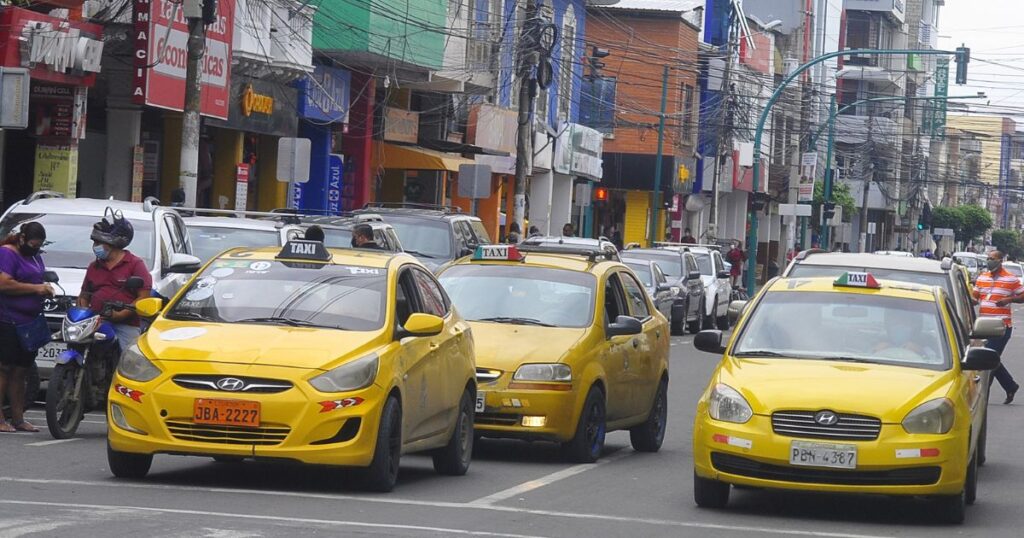
Public transport in cities
Public transport is pretty affordable & super efficient. Most city bus ticket prices are $0.30-$0.50, and some cities even have special corridors and trolleys.
Intercity buses & terminals
The bus terminal system connects most cities on the cheap – $4-$12 is common for medium distances. Overnight or long routes can be $15-$25, and there are some pretty comfortable options for interprovincial travel.
Taxis, ride-hailing & airport transfers
Short taxi rides inside the city center cost $2-$6. Night rates may be higher, and airport transfers run $15-$30 depending on the city.
Domestic flights & Galápagos
Domestic flights can be pretty affordable if you book early – $35-$120 one-way. Flights to the Galápagos Islands are a lot pricier, and there are some unavoidable costs like park fees & transit cards.
Car rentals & fuel
Rental cars start at $35-$55 per day for a compact, plus insurance. Parking in the historic center can be tough to find – consider local transport first.
| Transport | Typical price |
| City bus ticket | $0.30–$0.50 |
| Metro/corredor (where available) | $0.30–$0.50 |
| Taxi (3–5 km) | $2–$6 |
| Intercity bus (100–250 km) | $6–$15 |
| Domestic flight (mainland) | $35–$120 |
| Galápagos flight (one-way) | $130–$250+ |
Savvy Spender’s Guide to Ecuador
- Walk and use public transport – use taxis only for that late-night ride home.
- For intercity tickets, get ’em at the official counters inside bus terminals.
- Brush up on your Spanish – it’ll help you avoid misunderstandings and get better deals from locals.
Activities and Attractions: Ecuador on a Budget
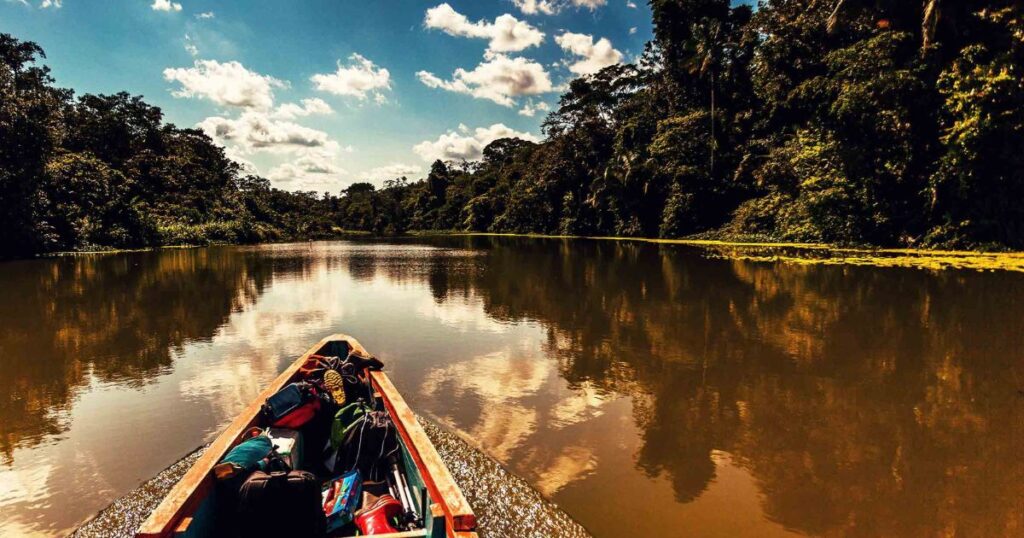
National Parks and Nature Reserves
Entry fees are pretty low in most national parks, but guided hikes and transport can set you back a bit. Expect to pay $5 – $15 for entry and more for the organised stuff.
Amazon Rainforest Trips
Budget lodge packages can start at around $70 – $120 per day, excluding transport. Remote lodges are pricier, and prices vary depending on the time of year and what you get.
Galapagos Islands Costs
On top of flights, factor in the $100 park fee and $20 transit card (subject to change, of course). Day tours commonly cost $120 – $200+, and island-hopping ferries are $30 – $35 per leg.
City Culture and Museums
Museums and churches in the historic centre usually cost between $1 – $5. City tours range $20 – $50 for a full day, with transport included.
Adventure Sports
Paragliding, canyoning and biking tours usually cost between $25 – $60, depending on where you are. Insurance and equipment are often thrown in.
Monthly Cost of Living in Ecuador: Some Sample Budgets

Costs vary depending on where you live, how you live and whether you like eating at fancy restaurants or local eateries. Here are some rough estimates:
| Profile | Rent | Utilities + internet | Food (home + out) | Transport | Fun/other | Estimated monthly budget |
| Single, smaller city | $350 | $70 | $220 | $25 | $100 | $765 |
| Single, major city | $500 | $100 | $280 | $35 | $150 | $1,065 |
| Couple, big city | $700 | $120 | $450 | $60 | $200 | $1,530 |
| Family, small town | $600 | $110 | $600 | $70 | $250 | $1,630 |
Note that ‘Utilities’ assumes moderate use – add a few bucks if you’re air con reliant, electric heating sort of thing. Unlimited data on your mobile is often included in the ‘internet’ cost. Your own spending on imports or premium gyms will bring the total up, too.
Seasonal and Situational Price Changes: Peaks and troughs

Coastal areas and the Galapagos island get pricier in the high season, especially around holidays. Low season often means better deals on mid range hotels and tours; flights can be a bit of a crapshoot. Festivals in the capital and big cities also drive up accommodation prices.
Ecuador Compared to Other Countries in Latin America
Compared to other countries in Latin America, Ecuador is pretty low cost for food, transport and basic services. Average prices might be similar to Peru or Colombia for local markets, but rent in major cities can be higher in the fancier bits.
Frequently Asked Questions (What does it cost to live in Ecuador?)

Is Ecuador Expensive?
No, not really. It’s pretty reasonable by Latin America standards – cheaper than many countries for day to day life. Tourist areas and the Galapagos are a bit pricier though.
How much dough should you carry around, and can you just use your card?
Carry small bills for markets and local shops, and in big cities and mid range restaurants, cards will work just fine. ATMs are everywhere, so no need to worry about cash either.
What can you expect to pay for public transportation in cities?
City buses run for about $0.30–$0.50 per ride, so you can budget around $10–$20 a month if you’re using them regularly.
How much rent will you need to stump up for in major cities versus smaller towns?
A 1-bedroom flat will cost you $350–$600+ in a major city, while in a smaller town it’s more like $250–$350 – plus, of course, it always depends on the neighborhood and any fancy amenities you’re after.
How much will a full day tour of the Amazon Rainforest or national parks set you back?
Budget $20–$50 for a city day tour, or a bit more if you’re looking at a guided trip to a national park or the Amazon – day rates in the Amazon can start at $70–$120, including accommodation.
Is the Galápagos Islands a whole lot more expensive than the mainland?
Yeah, it’s a bit more pricey. Expect to pay more for hotels, food and tours, plus there are all those unavoidable costs like park fees and the transit card to think about.
How can you lower your monthly expenses while living in Ecuador?
Cook at home rather than eating out, use public transport, shop at markets, and avoid buying imported goods – and, of course, having some basic Spanish skills can really help you get the best deals.
Do prices vary depending on the time of year and what neighborhood you stay in (historic centre vs the outskirts)?
Yeah, they do – high season can really hike up the cost of hotels and tours, and the historic centre or city centre can be a lot pricier for short stays.
What’s a mid market exchange rate, and does it make a difference since Ecuador uses the US dollar?
Well, it makes a difference when you’re converting money from your home currency before you arrive, or comparing prices to other countries – inside Ecuador, you’ll just be paying in dollars.
Sources and Authority Links
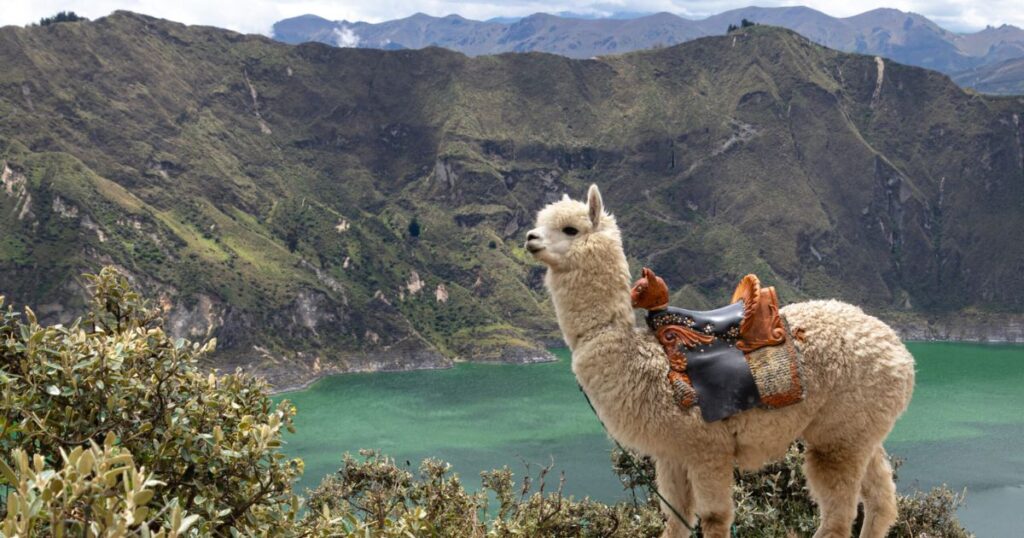
- INEC (National Institute of Statistics and Census): https://www.ecuadorencifras.gob.ec – handy to check for all the latest numbers.
- Ministry of Tourism: https://www.turismo.gob.ec – loads of helpful info on tourism.
- Galápagos National Park: https://galapagos.gob.ec/ – all about visiting the park.
- Ecuador Civil Aviation (domestic flights, advisories): https://www.aviacioncivil.gob.ec/ – just in case you need to check your flight details.
- FX mid market exchange rate reference: https://www.xe.com – handy for keeping an eye on exchange rates.
Conclusion: What Do Things Cost in Ecuador? Key Takeaways

Ecuador’s got one of the most straightforward economies going – since they use the US dollar, prices are clear as day – and actually, the cost of living is pretty low compared to a lot of other countries in Latin America. But, prices do vary, depending on what city you’re in, the time of year, and how you like to live – major cities, the Galápagos Islands, and high season are all pricier. For most people, the key is to budget effectively, find local markets and restaurants, use public transport, and try to time your trips for low season.



